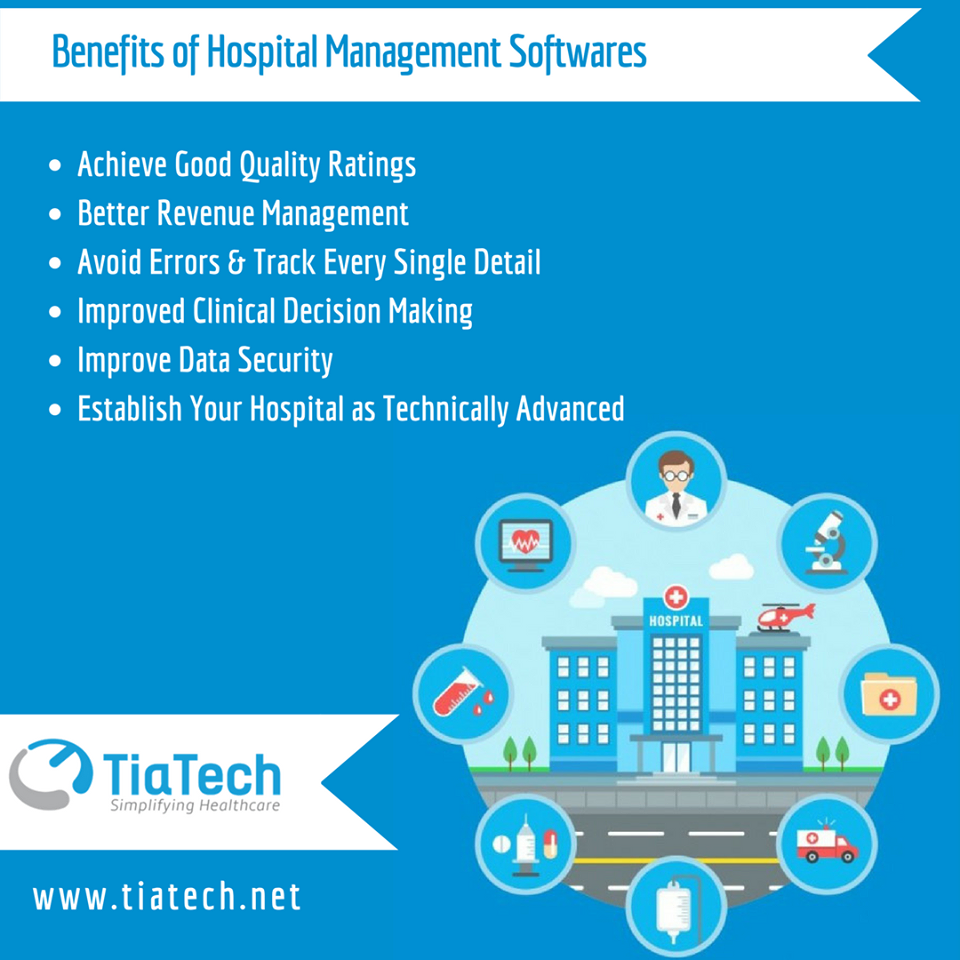
Electronic health record software allows you to gather and exchange patient and medical record data electronically, eliminating the need for paper medical records and all of the issues that come with it. While EHRs aren't perfect, when used correctly, they can offer considerable advantages over paper records.
Here are five ways to use electronic health records to improve your clinic, according to EMR-EHRS -
Get access to the most up-to-date, accurate, and shareable data on the market -
Using electronic health record software, you may easily share a patient's information and medical history with approved on-call clinicians from different offices, hospitals, or referral partners.
Ensure a higher-quality, lower-risk standard of care -
Electronic health record emr software is more than just computerised reproductions of traditional medical records. They provide you with an accurate, up-to-date, and shareable record of patient data and medical history, as well as evidence-based tools to assist you in making patient-care decisions. EHRs with these built-in clinical decision support features, according to the study, assist physicians in providing guidelines-based care. Time-pressed physicians may miss opportunities to align care with the most up-to-date clinical recommendations for each patient while working with paper records, but with EHRs, the right guidelines are always highlighted for your consideration. EHR reminders can also help you keep track of each patient's preventative care and follow-up needs, allowing you to enhance patient health and potentially raise your quality scores.
Patients' privacy and security should be improved -
Unlike paper medical records, which can be forgotten or lost, leaving them exposed to unauthorised access, emr software limits access to allowed staff and encrypts sensitive medical data. EHRs also provide audit trails that show who accessed a patient's ehr, when they did so, and whether or not that access was approved. Remote EHR backup ensures that you can access patient data even if physical records are lost due to natural disasters or other unforeseen events.
It is feasible to boost efficiency and production -
Although the initial cost of implementing medical records software is high, the long-term benefits of EHRs are worth it in terms of greater efficiency and production. EHRs have been found to provide a favourable return on investment in primary care offices, university medical institutes, and solo or small practices. EHRs allow your clinic to see more patients in less time by centralising record management, automating the receipt of test results, and reducing patient paperwork.
Reduce your total expenses -
Cost-cutting EHRs can help you save money on non-clinical workers while simultaneously improving efficiency and output. Filing and retrieving paper medical records for office visits, follow-ups, and incorporating laboratory and test results takes time, and it can lead to mistakes and misplaced files. The results of lab and other tests can be automatically added to a patient's record in an EHR, and patient records can be retrieved electronically in seconds. Staff time spent filling out paperwork, tracking and managing tests and medications, and copying information to suit the expectations of insurance companies, hospitals, and other practices is also reduced with EHRs. Finally, electronic health records (EHRs) lower or eliminate the costs of transcribing in your clinic for dictated notes.
EHRs with cost-cutting features can help you save money on non-clinical employees while also increasing productivity and production. It takes time to file and retrieve paper medical records for office visits, follow-ups, and combining laboratory and test findings, and it can lead to errors and misplaced files. The results of lab and other tests can be automatically added to a patient's record in an EHR, and patient records can be retrieved electronically in seconds. With EHRs, employees spend less time filling out paperwork, tracking and managing tests and drugs, and replicating information to meet the needs of insurance companies, hospitals, and other practices. Finally, electronic health records (EHRs) reduce or eliminate the costs of transcription for dictated notes in your clinic.
What Are the Benefits of EMR-EHRS?
To assist you in adopting and configuring your NextGen EHR system, EMR-EHRS provides EHR reporting solutions for patient monitoring, clinical audits, open orders, provider approval queue audits, practice dashboards, and task audits. Experts in emrs and ehrs software may also assist you in teaching your team how to use the software, cleaning your data, and improving your practice methods.
Summary
As the healthcare business grows, providers have begun to embrace value-based treatment practices. A shift from fee-for-service to fee-for-value has been implemented to improve health outcomes. Value-based care necessitates a rethinking of the tools that will aid the healthcare industry's success. The future of electronic health record software capabilities will be defined by multidisciplinary teams' ability to care for patients holistically across all health concerns using sophisticated data and evidence-based pathways. As people's health improves, the healthcare system as a whole becomes more efficient, with fewer hospitalizations and medical emergencies. As a result, money may be spent on things like increased staffing, new facilities, better technology, and other patient-centered improvements.
























